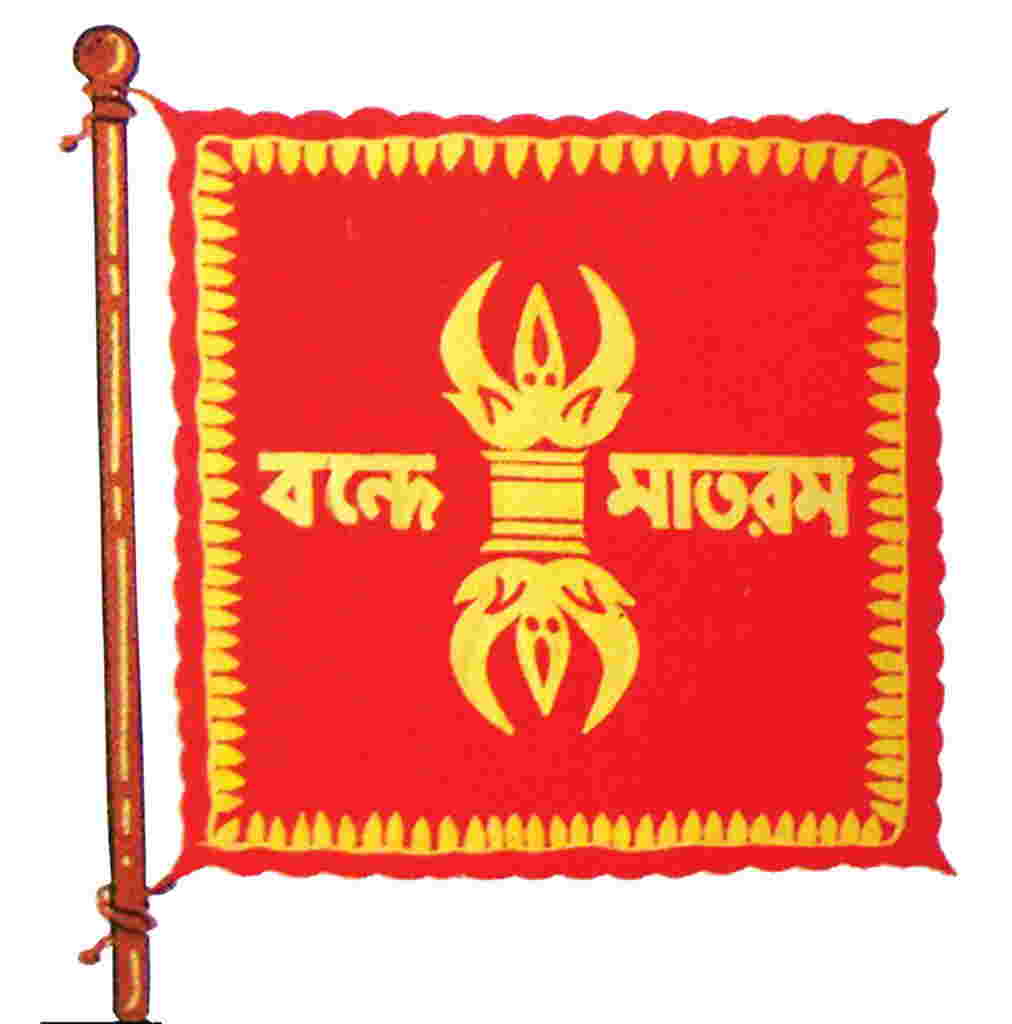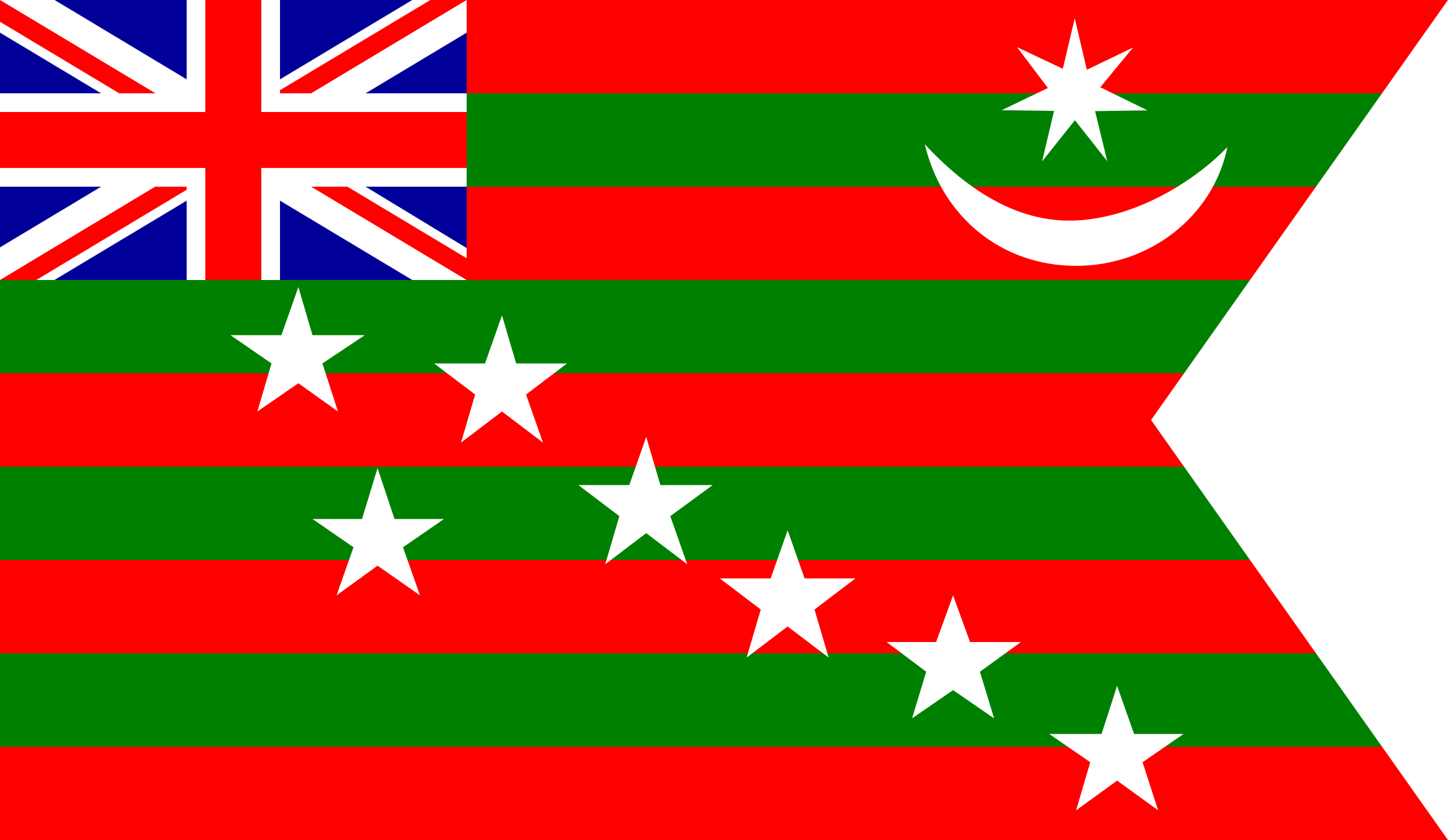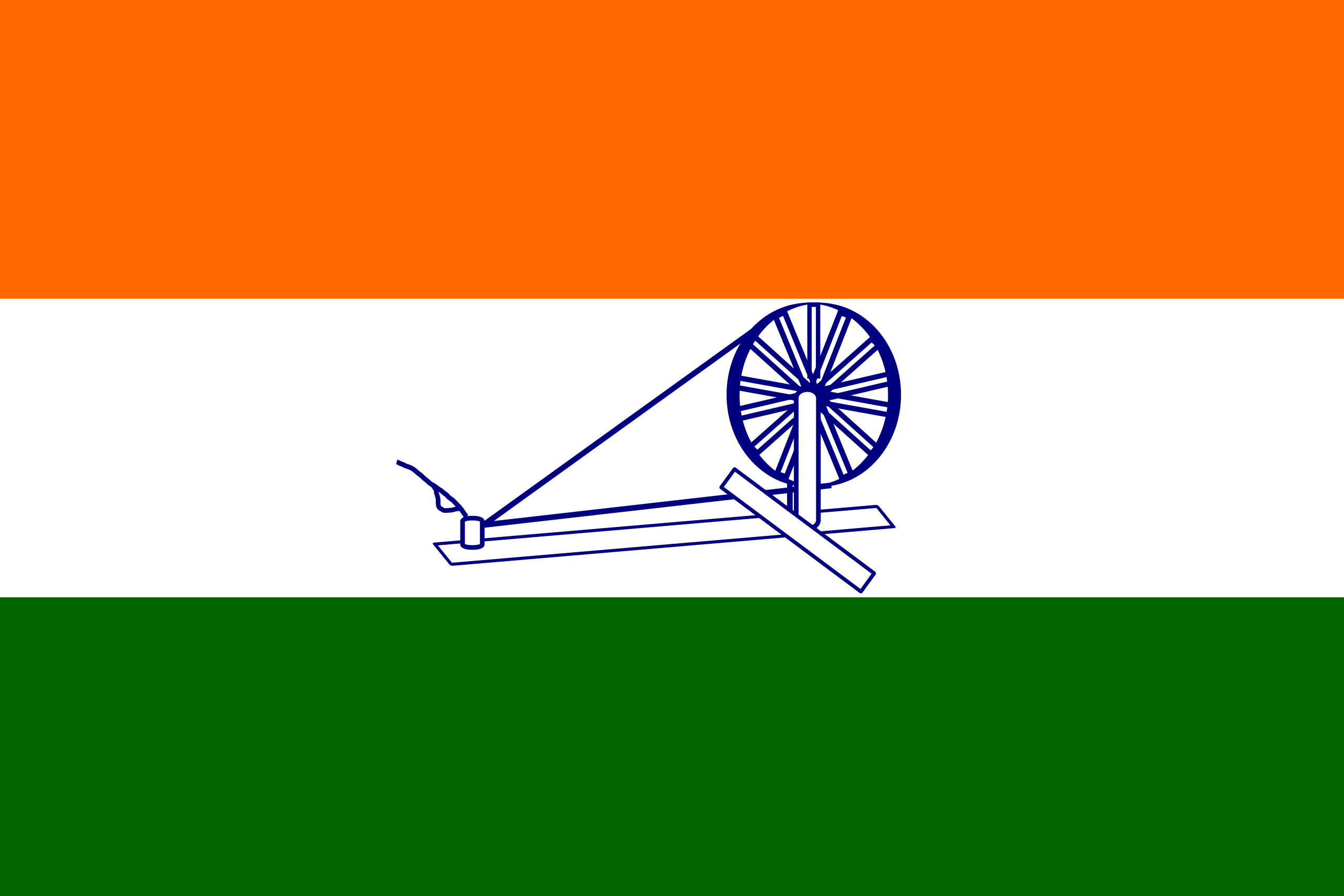
The national flag of a country is more than just a piece of cloth; it is a symbol of the nation’s identity, heritage, and pride. Heralded by vibrant colours and spirited vigour, the image of the Indian tricolour – the Tiranga, speaks volumes about the country’s diversity, unified vision, and strength. It’s a robust embodiment of the nation’s rich tapestry of history, the living testament of its struggle for independence, and a celebration of its vibrant unity and divergence.
Let’s take a look at the captivating journey that reflects on the legacy of the Indian National Flag, its profound significance, its dedicated creators, and the fascinating stories embedded within its tricolour.
The Evolution
The story is closely tied to the freedom struggle and the vision of the leaders who fought for India’s independence from British colonial rule. The flag’s evolution went through several stages before reaching its current form. Here’s a brief overview of how the Indian National Flag came into existence:
Early Flags: In the early 20th century, various flags were used to symbolise Indian nationalism and resistance against British rule.

Early Indian flag designed by Sister Nivedita
Image Source: Nyooz.com
Sister Nivedita created the first national flag in 1904. The Vajra, Lord Indra’s weapon, and the colours yellow and red were used in her design of the flag. The colours red and yellow stood for independence and triumph, while the Vajra represented power. [1]

Early Indian Home Rule Flag Movement adopted by Annie Besant and Bal Gangadhar Tilak
Image Source: Wikimedia Commons
Another momentum for a unified flag was initiated by Lord Ampthill, the former Governor of the Madras Presidency, in 1909. In 1916, Pingali Venkayya submitted thirty new designs, in the form of a booklet funded by members of the High Court of Madras. In the same year, it found its solid manifestation in the flag adopted by Annie Besant and Bal Gangadhar Tilak during the Home Rule Movement in 1916. [2]

Initial Flag designed by Pingali Venkayya
Image Source: Firstpost
The Birth of the Tricolour: The design of the current Indian National Flag can be credited to Pingali Venkayya, an Indian freedom fighter and scholar from Andhra Pradesh. He presented his idea for a tricolour flag in 1921 to Mahatma Gandhi during the All India Congress Committee meeting in Bezwada (now Vijayawada). The flag proposed by Venkayya had three horizontal stripes – white (top), saffron (middle), and green (bottom). In the centre, it had a spinning wheel (charkha) to symbolise the progress of the nation and its self-reliance through the use of Khadi. [3]

Swaraj Flag
Image Source: Wikimedia Commons
Influence of the Swaraj Flag: While Venkayya’s design laid the foundation, it was the Swaraj Flag adopted by the Indian National Congress that had a significant impact on the final version of the Indian National Flag. The Swaraj Flag had three horizontal stripes of saffron (top), white (middle), and green (bottom), with a red spinning wheel in the middle.
Contribution of Gandhiji: Mahatma Gandhi suggested incorporating the Ashoka Chakra (the wheel of the Law) from the Lion Capital of Ashoka, which is an ancient sculpture located at Sarnath, Uttar Pradesh. The Ashoka Chakra has 24 spokes, which represent the principles of righteousness, and Gandhiji believed it would be a unifying symbol for a free India.

The final & current version of Indian National Flag
Final Design and Adoption: The final version of the Indian National Flag, with three horizontal stripes of saffron, white, and green, and the Ashoka Chakra in the centre, was adopted during a meeting of the Constituent Assembly on July 22, 1947, just a few days before India’s independence on August 15, 1947.
Regulations: The Indian National Flag’s usage and display are governed by the Flag Code of India, which lays down rules for how and where the flag should be flown and handled. The flag’s significance and sanctity are deeply respected by the citizens of India. The Indian National Flag stands as a symbol of unity, freedom, and pride for the nation, representing the ideals and aspirations of its people who fought tirelessly for independence.
The Symbolism
The Indian National Flag holds core values, principles, and ideals of the nation in its folds, fabrics and colours. Each hue, and the symbol within the flag, signify profound notions shaping India’s identity.
The saffron, radiating courage and sacrifice, speaks for the unyielding will of the martyrs. The white, embodying truth and peace, testifies the country’s commitment to righteous living and harmonious coexistence. The green, symbolising prosperity and fertility, encapsulates India’s agrarian roots and its hope for a prosperous future. At the flag’s core, the blue Ashoka Chakra anchors guiding principles of righteousness and change, driving India towards progress and betterment.
Embracing our Tricolored Heritage
Honouring our National Flag is about cherishing the shared past, embracing the unified present and striving for an inclusive future. The Tiranga is a testament to our legacy, symbol of our identity, and a beacon for our onward journey.
On the occasion of 76th Indian Independence Day, let’s come together to celebrate its hard-fought freedom and cherish the symbol of unity and pride, the national flag. As the tricolour unfurls against the sky, let’s remember the sacrifices of our freedom fighters and pledge allegiance to the values our tricolour embodies and collectively strive towards building a better India, that is courageous, truthful, prosperous, fair, and inclusive.





